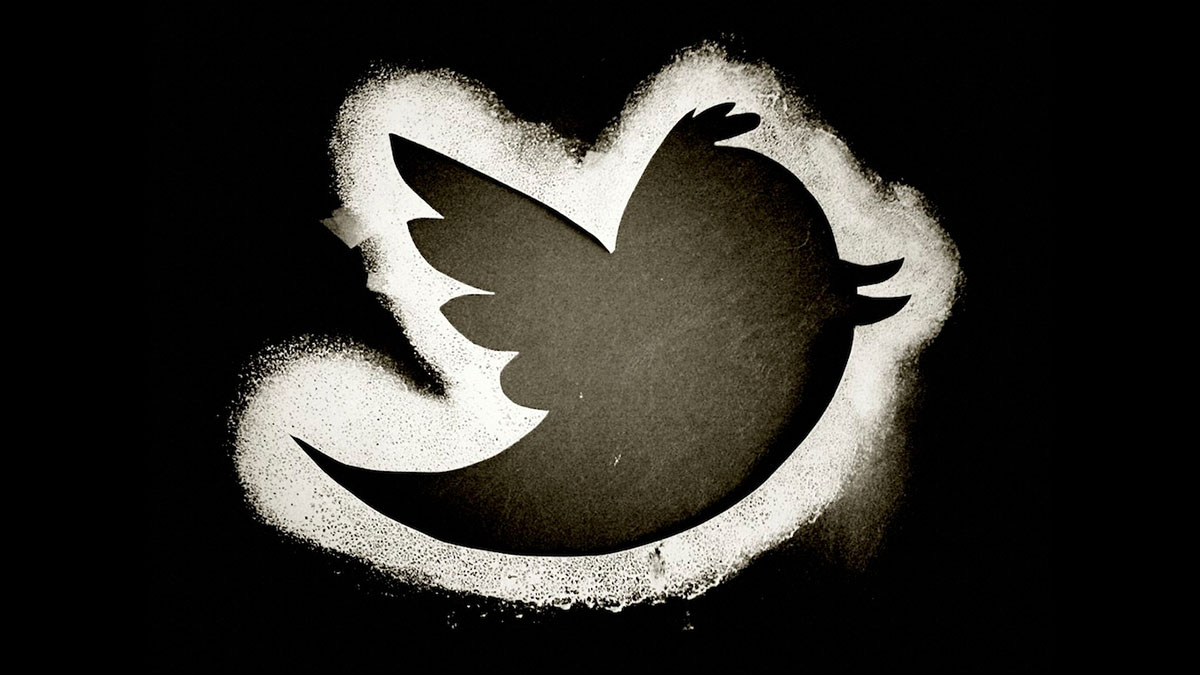why twitter is by far the worst social media platform for skeptics

Well ladies and gentlemen, I finally broke down and did something I’m not that proud of. I let myself get into a Twitter fight to figure out the mechanics of a protracted debate on that platform and it was miserable. Now, my usual debate tactics are fairly old school and developed in a longform world. One of my favorite ones is using social media or the comments to take the time and effort, bite the bullet, and tackle Gish Gallops, a crank’s best friend when it comes to spreading bullshit. Outside the confines of a typical debate, the gallop is intended to intimidate with the sheer length of the wall of text and its appearance of thorough research. Diving on this grenade to do an inline shredding both shows it as the nonsense it actually is, and shakes the crank’s confidence that he can get away with simply throwing enough falsehoods en masse. It’s the perfect application of Brandolini’s Law, and social media can, and does give you the ability to exert whatever effort you need to tackle the stream of bullshit coming from trolls, quacks, and pseudoscientists.
Except Twitter. With its 140 character limit, even with the ability to embed a tweet and links not counting against your total, you basically have an utter lack of logical runway space. You’re reduced to quips, one-liners, memes in superficial rebuttals, and every new user involved in the conversation takes away your textual oxygen, especially when the handles get long. And by the time you’re working on the next part of your tweet storm, there’s a rebuttal intended to interrupt your argument midway. You’re essentially trying to get up to speed on a bike while having to pause to let people jam a stick in the spokes. At best, you’ll turn into zinger-spewing machine trying to play catch up, and even if all the zingers land, you’ll end up talking a lot and not saying much of substance because you have no room to do so. On the other side of the equation, the trolls have a rapid-fire bullshit cannon and a flood of easily digestible memes designed to suck the oxygen out of a debate.
When you’re writing a piece of software, there’s your idea of how users will interact with it, and how users actually interact with it, and a lot of times in software that’s intended for the general public, those things will be at odds. It’s not that Jack Dorsey went out of his way to build a tool for cranks and partisan shock jocks to spread the greatest amount of bullshit with the least amount of effort in quotable, bite-sized chunks. He was actually going for a service that enriched your typical text messages, which were limited of 140 character strings, hence the limit we have today, but then pivoted to a kind of online broadcasting service for little status updates. It was great for news organizations to blast their headlines across the web, comedians’ one liners, and teasers for more in depth content. But over the years, everything sort of shifted away from encouraging people to click a link into having your quip read, liked, and retweeted being a goal in and of itself. Instead of a start of a conversation or a peek into a thought, it’s now the conversation in itself.
Again, there’s nothing wrong with a teaser for a link, hell I do that myself all the time, but when an entire political party’s viewpoint on very complicated issues fits into a tweet or a meme that you can attach to one and that’s what the media will cover as news, that’s a problem. Why do you think Trump, or Deepak Chopra, or hyper-partisan hacks love Twitter so much? All they need to do is set the general tone of the conversation, or word simplistic errors as some profound or common sense insight, let it loose into the world and just let Brandolini’s Law take its toll on the critics. You know that old line about why it’s a bad idea to argue with stupid people because they will drag you down to their level and beat you with experience? It should be amended to never arguing with Twitter heavyweights, who will drag you down to fewer than 140 characters and gag you with mentions and hashtags. The only way they can be effectively debunked is by being dragged into longform.
But how? Well, it needs to start with a dose of healthy disrespect for Twitter punditry first and foremost. Just like we say that if one’s critical thoughts fit on a bumper sticker, they probably need work, we need to do the same with tweets, since after all, they are basically the new bumper sticker. We need to consistently point out that Twitter fights are arguments by sloganeering and anyone unwilling to develop their thoughts in a longer form lacks the ability to do so, or take on longer term dissections on something like Medium that can link to your Twitter account anyway. Does your target scoff at you taking the time and effort to do a proper debunking with links and stats? Now you have the license to use zingers about his or her inability to face criticism and mocking you for actually being able to spend more than 140 characters on a thought. Bullshit artists are strongest where they can say the least. Don’t let them stay in their comfort zone. They’re looking for quick verbal blitzkriegs, you want to lure them into your version of the Battle of Stalingrad.





